Search results for null
Books
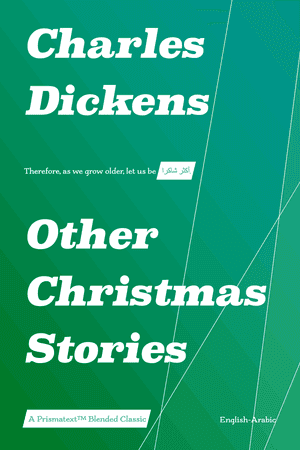
Other Christmas Stories
Charles Dickens
Dickens many short fictions centered around themes of Christmas time. This collection is full of little morsels for the holiday spirit!
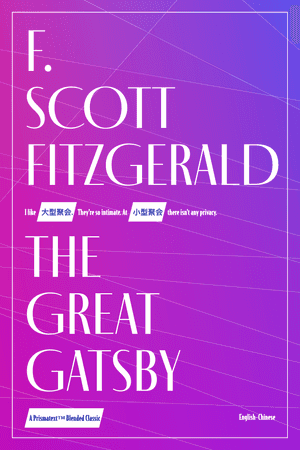
The Great Gatsby
F. Fitzgerald
From Wikipedia:
The Great Gatsby is a 1925 novel by American writer F. Scott Fitzgerald. Set in the Jazz Age on Long Island, near New York City, the novel depicts first-person narrator Nick Carraway's interactions with mysterious millionaire Jay Gatsby and Gatsby's obsession to reunite with his former lover, Daisy Buchanan.
The novel was inspired by a youthful romance Fitzgerald had with socialite Ginevra King, and the riotous parties he attended on Long Island's North Shore in 1922. Following a move to the French Riviera, Fitzgerald completed a rough draft of the novel in 1924. He submitted it to editor Maxwell Perkins, who persuaded Fitzgerald to revise the work over the following winter. After making revisions, Fitzgerald was satisfied with the text, but remained ambivalent about the book's title and considered several alternatives. Painter Francis Cugat's dust jacket art greatly impressed Fitzgerald, and he incorporated its imagery into the novel.
After its publication by Scribner's in April 1925, The Great Gatsby received generally favorable reviews, though some literary critics believed it did not equal Fitzgerald's previous efforts. Compared to his earlier novels, This Side of Paradise (1920) and The Beautiful and Damned (1922), the novel was a commercial disappointment. It sold fewer than 20,000 copies by October, and Fitzgerald's hopes of a monetary windfall from the novel were unrealized. When the author died in 1940, he believed himself to be a failure and his work forgotten.
During World War II, the novel experienced an abrupt surge in popularity when the Council on Books in Wartime distributed free copies to American soldiers serving overseas. This new-found popularity launched a critical and scholarly re-examination, and the work soon became a core part of most American high school curricula and a part of American popular culture. Numerous stage and film adaptations followed in the subsequent decades.
Gatsby continues to attract popular and scholarly attention. Scholars emphasize the novel's treatment of social class, inherited versus self-made wealth, gender, race, and environmentalism, and its cynical attitude towards the American Dream. One persistent item of criticism is an allegation of antisemitic stereotyping. The Great Gatsby is widely considered to be a literary masterpiece and a contender for the title of the Great American Novel.
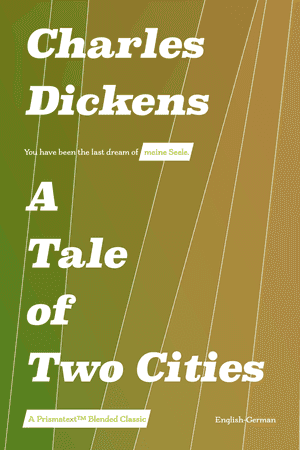
A Tale of Two Cities
Charles Dickens
From Wikipedia:
A Tale of Two Cities is a historical novel published in 1859 by Charles Dickens, set in London and Paris before and during the French Revolution. The novel tells the story of the French Doctor Manette, his 18-year-long imprisonment in the Bastille in Paris, and his release to live in London with his daughter Lucie whom he had never met. The story is set against the conditions that led up to the French Revolution and the Reign of Terror.
As Dickens's best-known work of historical fiction, A Tale of Two Cities is said to be one of the best-selling novels of all time. In 2003, the novel was ranked 63rd on the BBC's The Big Read poll. The novel has been adapted for film, television, radio, and the stage, and has continued to influence popular culture.
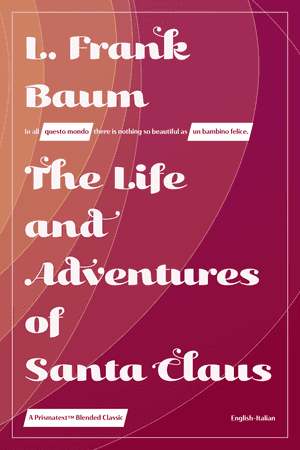
The Life and Adventures of Santa Claus
L. Baum
Baum’s storied career as a fantasy writer for children culminated with The Wonderful Wizard of Oz, but his opus on the mythos of Santa Claus deserves no less scrutiny.
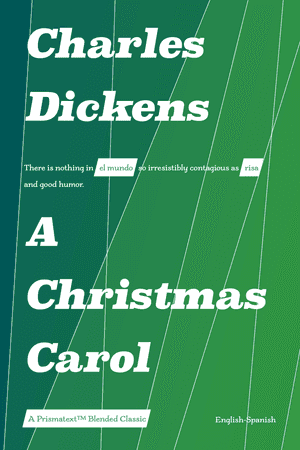
A Christmas Carol
Charles Dickens
From Wikipedia:
A Christmas Carol. In Prose. Being a Ghost Story of Christmas, commonly known as A Christmas Carol, is a novella by Charles Dickens, first published in London by Chapman & Hall in 1843 and illustrated by John Leech. A Christmas Carol recounts the story of Ebenezer Scrooge, an elderly miser who is visited by the ghost of his former business partner Jacob Marley and the spirits of Christmas Past, Present and Yet to Come. After their visits, Scrooge is transformed into a kinder, gentler man.
Dickens wrote A Christmas Carol during a period when the British were exploring and re-evaluating past Christmas traditions, including carols, and newer customs such as cards and Christmas trees. He was influenced by the experiences of his own youth and by the Christmas stories of other authors, including Washington Irving and Douglas Jerrold. Dickens had written three Christmas stories prior to the novella, and was inspired following a visit to the Field Lane Ragged School, one of several establishments for London's street children. The treatment of the poor and the ability of a selfish man to redeem himself by transforming into a more sympathetic character are the key themes of the story. There is discussion among academics as to whether this is a fully secular story, or if it is a Christian allegory.
Published on 19 December, the first edition sold out by Christmas Eve; by the end of 1844 thirteen editions had been released. Most critics reviewed the novella favourably. The story was illicitly copied in January 1844; Dickens took legal action against the publishers, who went bankrupt, further reducing Dickens's small profits from the publication. He went on to write four other Christmas stories in subsequent years. In 1849 he began public readings of the story, which proved so successful he undertook 127 further performances until 1870, the year of his death. A Christmas Carol has never been out of print and has been translated into several languages; the story has been adapted many times for film, stage, opera and other media.
A Christmas Carol captured the zeitgeist of the early Victorian revival of the Christmas holiday. Dickens acknowledged the influence of the modern Western observance of Christmas and later inspired several aspects of Christmas, including family gatherings, seasonal food and drink, dancing, games and a festive generosity of spirit.
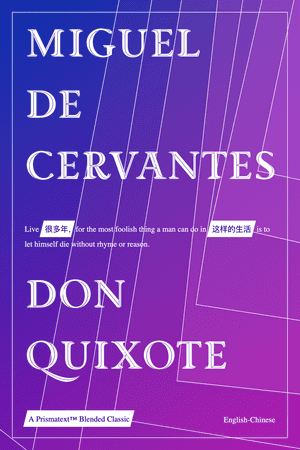
Don Quixote
Miguel de Cervantes
From Wikipedia:
Don Quixote is a Spanish epic novel by Miguel de Cervantes. It was originally published in two parts, in 1605 and 1615. Considered a founding work of Western literature, it is often labelled as the first modern novel and one of the greatest works ever written. Don Quixote is also one of the most-translated books in the world and one of the best-selling novels of all time.
The plot revolves around the adventures of a member of the lowest nobility, a hidalgo from La Mancha named Alonso Quijano, who reads so many chivalric romances that he loses his mind and decides to become a knight-errant (caballero andante) to revive chivalry and serve his nation, under the name Don Quixote de la Mancha. He recruits as his squire a simple farm labourer, Sancho Panza, who brings a unique, earthy wit to Don Quixote's lofty rhetoric. In the first part of the book, Don Quixote does not see the world for what it is and prefers to imagine that he is living out a knightly story meant for the annals of all time. However, as Salvador de Madariaga pointed out in his Guía del lector del Quijote (1972 [1926]), referring to "the Sanchification of Don Quixote and the Quixotization of Sancho", as "Sancho's spirit ascends from reality to illusion, Don Quixote's declines from illusion to reality".
The book had a major influence on the literary community, as evidenced by direct references in Alexandre Dumas' The Three Musketeers (1844), and Edmond Rostand's Cyrano de Bergerac (1897), as well as the word quixotic. Mark Twain referred to the book as having "swept the world's admiration for the mediaeval chivalry-silliness out of existence".
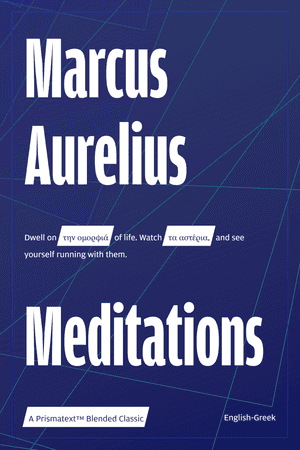
Meditations
Marcus Aurelius
From Wikipedia:
Meditations is a series of personal writings by Marcus Aurelius, Roman Emperor from AD 161 to 180, recording his private notes to himself and ideas on Stoic philosophy.
Marcus Aurelius wrote the 12 books of the Meditations in Koine Greek as a source for his own guidance and self-improvement. It is possible that large portions of the work were written at Sirmium, where he spent much time planning military campaigns from 170 A.D to 180 A.D. Some of it was written while he was positioned at Aquincum on campaign in Pannonia, because internal notes reveal that the first book was written when he was campaigning against the Quadi on the river Granova (modern-day Hron in Slovakia) and the second book was written at Carnuntum.
It is unlikely that Marcus Aurelius ever intended the writings to be published. The work has no official title, so "Meditations" is one of several titles commonly assigned to the collection. These writings take the form of quotations varying in length from one sentence to long paragraphs.
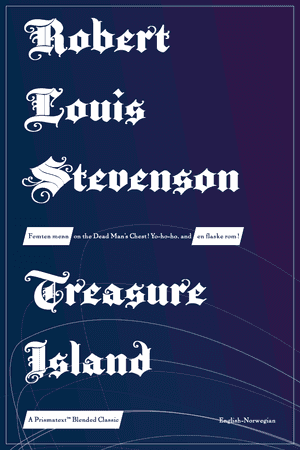
Treasure Island
Robert Stevenson
From Wikipedia:
Treasure Island (originally titled The Sea Cook: A Story for Boys) is an adventure novel by Scottish author Robert Louis Stevenson, telling a story of "buccaneers and buried gold". It is considered a coming-of-age story and is noted for its atmosphere, characters, and action.
The novel was originally serialised from 1881 to 1882 in the children's magazine Young Folks, under the title Treasure Island or the Mutiny of the Hispaniola, credited to the pseudonym "Captain George North". It was first published as a book on 14 November 1883 by Cassell & Co. It has since become one of the most often dramatized and adapted of all novels, in numerous media.
Since its publication, Treasure Island has had significant influence on depictions of pirates in popular culture, including elements such as deserted tropical islands, treasure maps marked with an "X", and one-legged seamen with parrots perched on their shoulders.
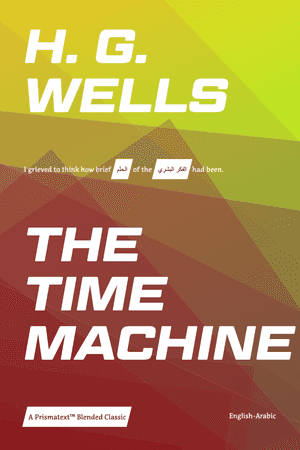
The Time Machine
H. G. Wells
From Wikipedia:
The Time Machine is a post-apocalyptic science fiction novella by H. G. Wells, published in 1895. The work is generally credited with the popularization of the concept of time travel by using a vehicle or device to travel purposely and selectively forward or backward through time. The term "time machine", coined by Wells, is now almost universally used to refer to such a vehicle or device.
Utilizing a frame story set in then-present Victorian England, Wells' text focuses on a recount of the otherwise anonymous Time Traveller's journey into the far future. A work of future history and speculative evolution, Time Machine is interpreted in modern times as a commentary on the increasing inequality and class divisions of Wells' era, which he projects as giving rise to two separate human species: the fair, childlike Eloi, and the savage, simian Morlocks, distant descendants of the contemporary upper and lower classes respectively. It is believed that Wells' depiction of the Eloi as a race living in plenitude and abandon was inspired by the utopic romance novel News from Nowhere (1890), though Wells' universe in the novel is notably more savage and brutal.
In his 1931 preface to the book, Wells wrote that The Time Machine seemed "a very undergraduate performance to its now mature writer, as he looks over it once more", though he states that "the writer feels no remorse for this youthful effort". However, critics have praised the novella's handling of its thematic concerns, with Marina Warner writing that the book was the most significant contribution to understanding fragments of desire before Sigmund Freud's The Interpretation of Dreams, with the novel "[conveying] how close he felt to the melancholy seeker after a door that he once opened on to a luminous vision and could never find again".
The Time Machine has been adapted into two feature films of the same name, as well as two television versions and many comic book adaptations. It has also indirectly inspired many more works of fiction in many media productions.
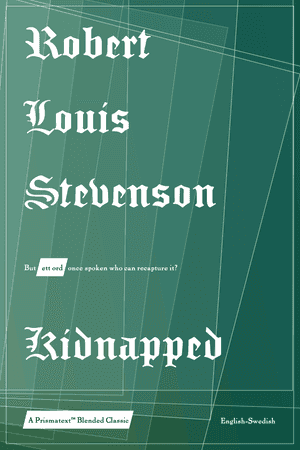
Kidnapped
Robert Stevenson
From Wikipedia:
Kidnapped is a historical fiction adventure novel by Scottish author Robert Louis Stevenson, written as a boys' novel and first published in the magazine Young Folks from May to July 1886. The novel has attracted the praise and admiration of writers as diverse as Henry James, Jorge Luis Borges, and Hilary Mantel. A sequel, Catriona, was published in 1893.
The narrative is written in English with some dialogue in Lowland Scots, a Germanic language that evolved from an earlier incarnation of English.
Kidnapped is set around real 18th-century Scottish events, notably the "Appin Murder", which occurred in the aftermath of the Jacobite rising of 1745. Many of the characters are real people, including one of the principals, Alan Breck Stewart. The political situation of the time is portrayed from multiple viewpoints, and the Scottish Highlanders are treated sympathetically.
The full title of the book is Kidnapped: Being Memoirs of the Adventures of David Balfour in the Year 1751: How he was Kidnapped and Cast away; his Sufferings in a Desert Isle; His Journey in the Wild Highlands; his acquaintance with Alan Breck Stewart and other notorious Highland Jacobites; with all that he suffered at the hands of his Uncle, Ebenezer Balfour of Shaws, falsely so-called: Written by Himself and now set forth by Robert Louis Stevenson.
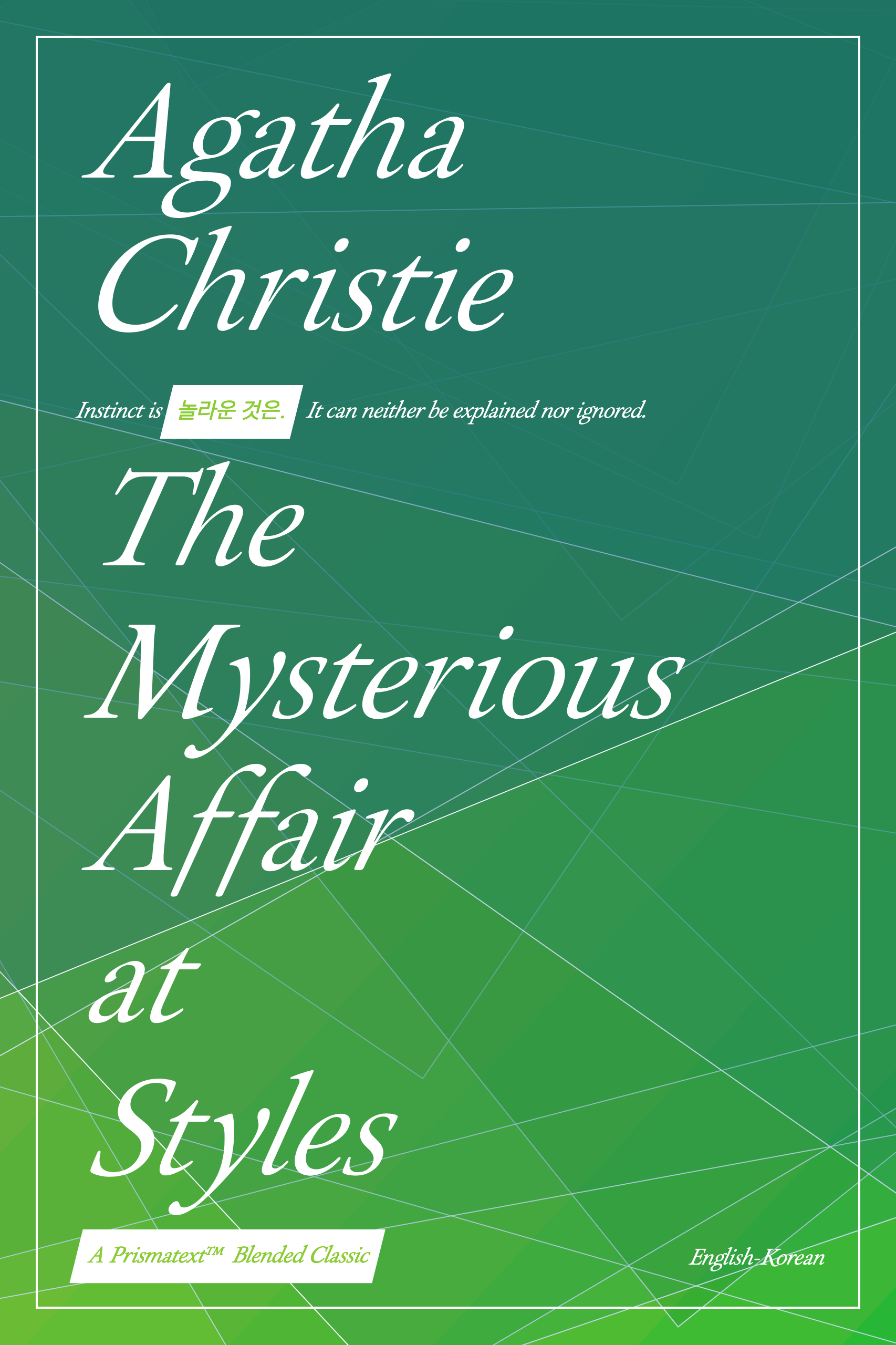
The Mysterious Affair at Styles
Agatha Christie
From Wikipedia:
The Mysterious Affair at Styles is the first detective novel by British writer Agatha Christie, introducing her fictional detective Hercule Poirot. It was written in the middle of the First World War, in 1916, and first published by John Lane in the United States in October 1920 and in the United Kingdom by The Bodley Head (John Lane's UK company) on 21 January 1921.
Styles introduced Poirot, Inspector (later, Chief Inspector) Japp, and Arthur Hastings. Poirot, a Belgian refugee of the Great War, is settling in England near the home of Emily Inglethorp, who helped him to his new life. His friend Hastings arrives as a guest at her home. When Mrs Inglethorp is murdered, Poirot uses his detective skills to solve the mystery.
The book includes maps of the house, the murder scene, and a drawing of a fragment of a will. The true first publication of the novel was as a weekly serial in The Times, including the maps of the house and other illustrations included in the book. This novel was one of the first ten books published by Penguin Books when it began in 1935.
Styles was well received by reviewers in the UK and the US at initial publication. An analysis in 1990 was positive about the plot, considered the novel one of the few by Christie that is well-anchored in time and place, a story that knows it describes the end of an era, and mentions that the plot is clever. Christie had not mastered cleverness throughout her first novel, as "too many clues tend to cancel each other out"; this was judged a difficulty "which Conan Doyle never satisfactorily overcame, but which Christie would."
The story features many of the elements that have become icons of the Golden Age of Detective Fiction, largely due to Christie's influence. It is set in a large, isolated country manor. There are a half-dozen suspects, most of whom are hiding facts about themselves. The plot includes a number of red herrings and surprise twists.
The Mysterious Affair at Styles launched Christie's writing career. Christie and her husband subsequently named their house "Styles". Hercule Poirot would go on to become one of the most famous characters in fiction. Decades later, when Christie told the story of Poirot's final case in Curtain, she set that novel at Styles.
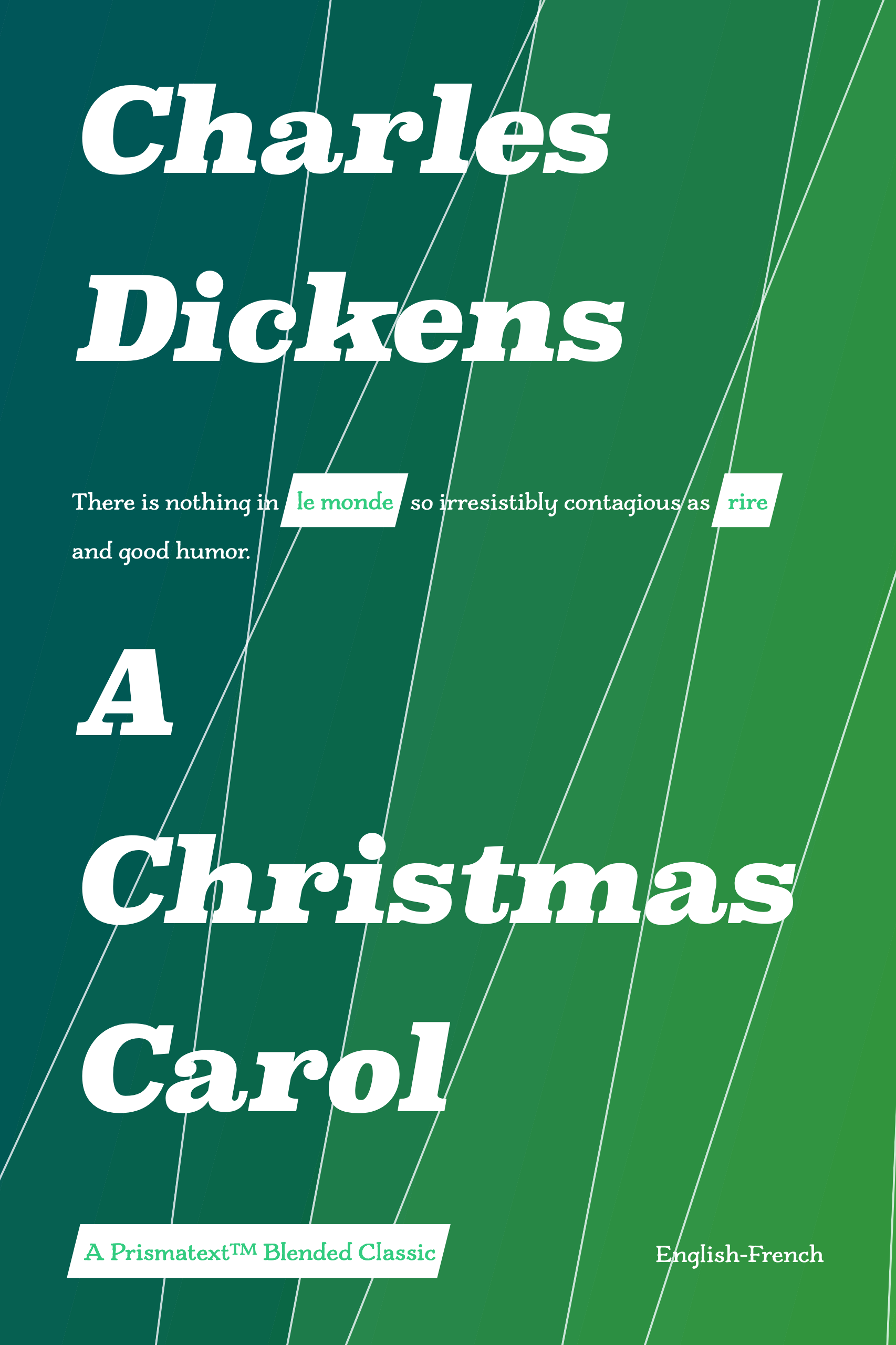
Journey to the Center of the Earth
Jules Verne
From Wikipedia:
Journey to the Center of the Earth (French: Voyage au centre de la Terre), also translated with the variant titles A Journey to the Centre of the Earth and A Journey into the Interior of the Earth, is a classic science fiction novel by Jules Verne. It was first published in French in 1864, then reissued in 1867 in a revised and expanded edition. Professor Otto Lidenbrock is the tale's central figure, an eccentric German scientist who believes there are volcanic tubes that reach to the very center of the earth. He, his nephew Axel, and their Icelandic guide Hans rappel into Iceland's celebrated inactive volcano Snæfellsjökull, then contend with many dangers, including cave-ins, subpolar tornadoes, an underground ocean, and living prehistoric creatures from the Mesozoic and Cenozoic eras (the 1867 revised edition inserted additional prehistoric material in Chaps. 37–39). Eventually the three explorers are spewed back to the surface by an active volcano, Stromboli, located in southern Italy.
The category of subterranean fiction existed well before Verne. However his novel's distinction lay in its well-researched Victorian science and its inventive contribution to the science-fiction subgenre of time travel—Verne's innovation was the concept of a prehistoric realm still existing in the present-day world. Journey inspired many later authors, including Sir Arthur Conan Doyle in his novel The Lost World, Edgar Rice Burroughs in his Pellucidar series, and J. R. R. Tolkien in The Hobbit.